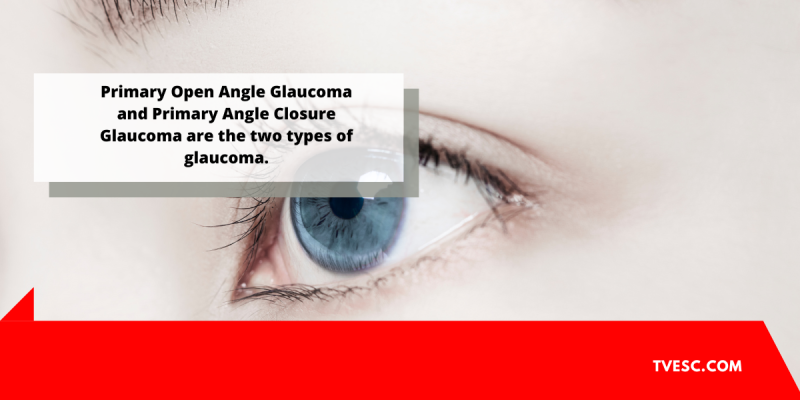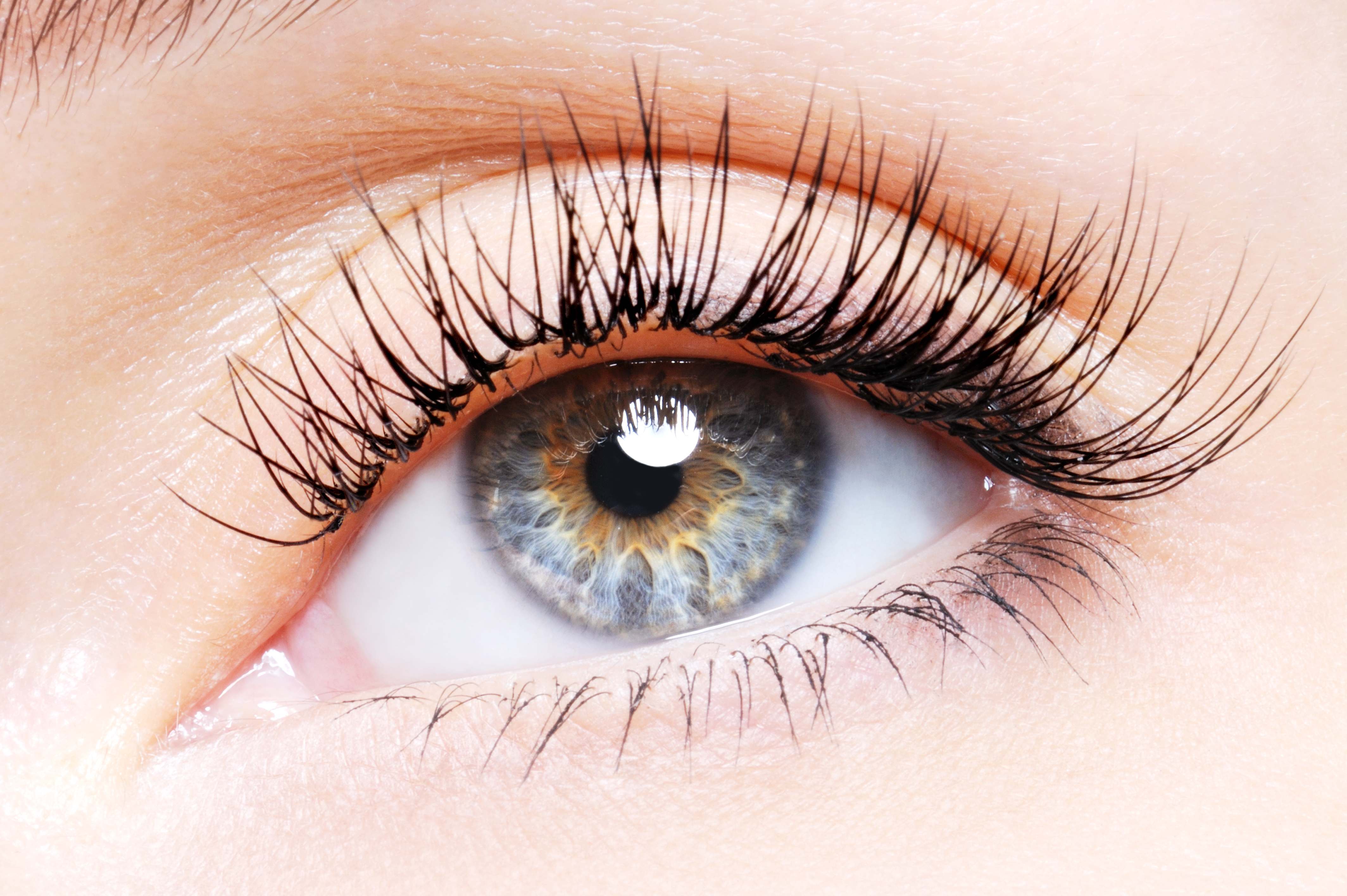Glaucoma is a collection of disorders characterized by distinctive cupping of the optic disc and concomitant loss of portion of normal vision (visual field abnormalities), which may eventually result in optic nerve injury.
It is a degenerative disease that is the leading cause of permanent blindness globally. It is also the world’s second greatest cause of blindness, behind cataracts. Today, we’ll look at the two varieties of glaucoma that are frequent in Malaysia.
Glaucoma with Primary Open Angle
Primary open-angle glaucoma (POAG) is one of the two kinds of glaucoma discussed in this article. It is distinguished by an open, normal-appearing angle at the anterior chamber of the eye and elevated fluid pressure inside the eye (known as intraocular pressure, IOP) in the absence of any other underlying condition.
Until significant vision field loss develops, this kind of glaucoma is usually asymptomatic. Raised IOP, increasing age, family history, African ancestry, myopia, and even the presence of certain systemic disorders such as diabetes and hypertension are all risk factors for primary open-angle glaucoma.
Glaucoma with Primary Angle Closure
Primary angle closure glaucoma (PACG) is another kind of glaucoma that is common in Asians. Acute onset angle closure (also known as ‘acute glaucoma’) occurs when the drainage in the eye becomes obstructed (due to the iris protruding), leading the drainage angle to ‘close’ and the eye pressure to increase.
The patient will complain of severe pain, haloes, redness, headache, and vomiting. Although the cause of the rise in ocular pressure is identical, chronic angle closure occurs slowly and frequently without symptoms.
Glaucoma Secondary
Secondary glaucoma occurs when there is a recognised underlying reason for elevated IOP. It might be caused by trauma, inflammation, or drugs such as steroids, for example.
The specific mechanism of increased resistance to fluid outflow in the anterior chamber of the eye (aqueous outflow) is unknown and is actively being researched. At the moment, all of our therapy approaches are aimed at decreasing intraocular pressure.
Diagnosis of Glaucoma
The two kinds of glaucoma are diagnosed similarly. They necessitate an evaluation of:
- History, including a glaucoma family history, trauma, and steroid use
- IOP (intraocular pressure) measurement
- The anterior chamber angle seems normal while it is open.
- Symptoms of injury to the optic disc
- Perimetry test results show a decrease of visual function.
Often, the diagnosis is ambiguous, and the patient may exhibit certain risk factors and indications but not others. In these instances, the patient may be diagnosed with glaucoma. These patients must be evaluated at regular intervals, with the number of visits determined by the index of suspicion.
For more information about Ophthalmologist Malaysia, please visit https://www.tvesc.com/en/



